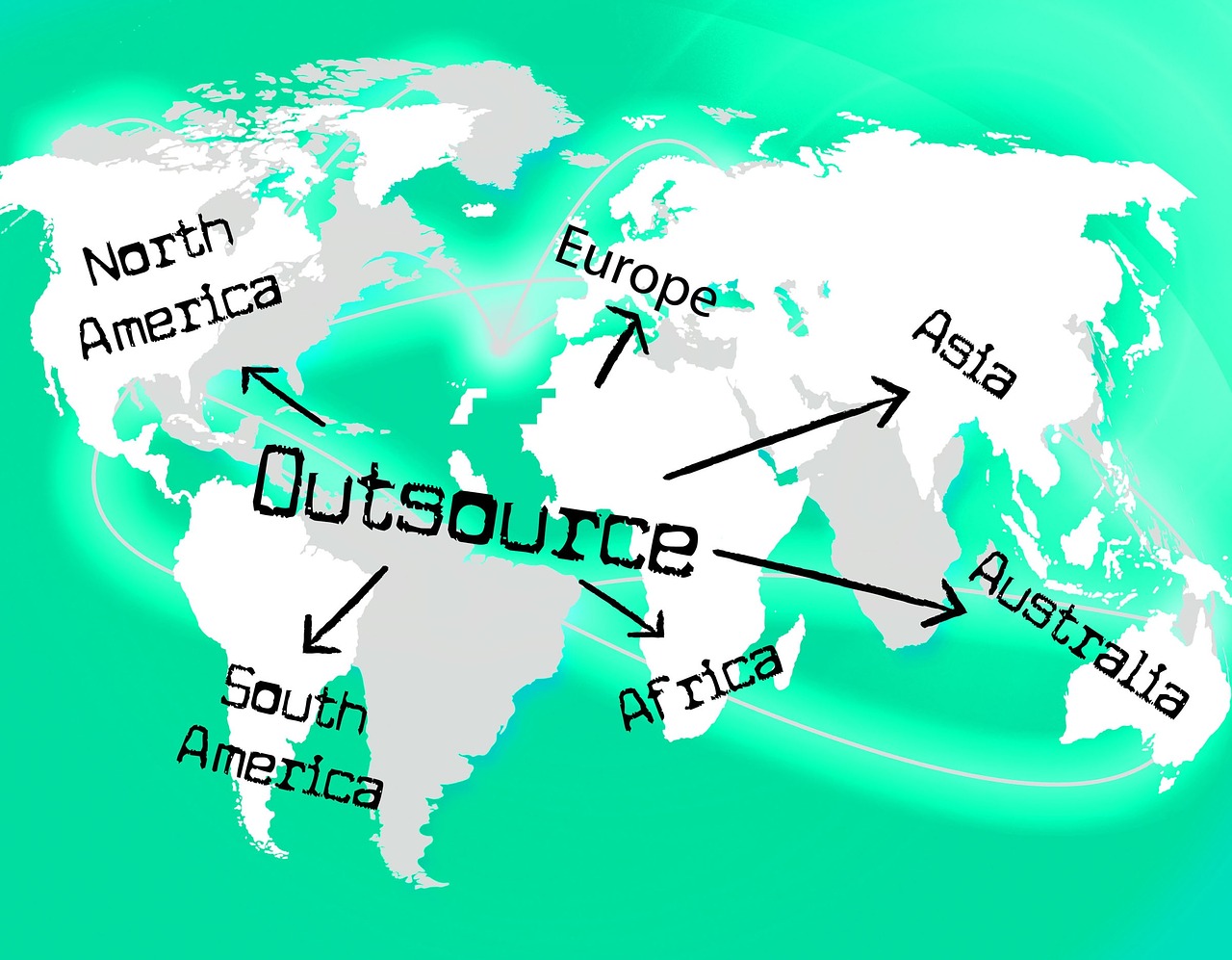As it is well known, within the organizations there are different processes that are developed in different areas of the companies in order to achieve their objectives.
The changes that organizations go through are factors that also determine whether or not they achieve their objectives, as well as the resources they use to carry out each of their activities.
In current times, globalization has made organizations look for their survival through the search for new markets, cost reduction and competitiveness.
SMEs and why not large companies have sought new methods to help them achieve their objectives, making use of the tools at their disposal. Some companies need to focus their attention on the processes that are most important, that is, they invest more resources in the areas they consider most relevant for the development of the organization. This results in some of the areas with little attention being handed over to external agents to take care of the activities in those areas.
On the other hand, companies seek to reduce costs and increase the competitiveness levels of some of their processes by looking for external professional personnel to facilitate the execution of the activities and, being agents from outside the organization, the costs generated are lower than those that can be obtained by using internal resources.
This technique that allows the entry of external personnel to the organizations to perform the tasks that the company should perform is called «outsourcing».
Definition.
The outsourcing has different definitions are the authors, these can be the following:
Outsourcing: is the incorporation to the organization of the competencies that this one has not selected as priority or main, making use of other companies to perform them (Business School, 2002).
Other definitions are as follows:
Outsourcing: process by which organizations contract or subcontract all or part of the processes in the production or, in some cases, administrative areas, which were previously performed by the company (Uribe-Echeverria & Rubert Adelantado, 2001).
Outsourcing: economic process in which an organization takes the resources destined to the realization of certain activities and entrusts them to a specialized external company which is in charge of carrying them out (Martínez Gómez, 2012).
Outsourcing is a technique that companies use so that other companies carry out activities that are considered «less» important within the organization, so that the company that hires the services can focus on using its resources in priority activities and at the same time reduce the costs generated by performing these activities using the organization’s own resources.
Outsourcing.
Today’s managers in charge of their own organizations are faced with a great number of changes, which include:
Globalizing activities.
Grow without having to use more resources (more capital).
- Reducing costs.
- Understanding consumer tastes.
- The need to respond to threats and, above all, to opportunities.
- The aging workforce
Outsourcing, known in Spanish as subcontracting, outsourcing or externalization (although the latter differ slightly from the concept of outsourcing), is a technique that organizations use to get external suppliers, which perform activities that the company itself performed internally or, failing that, serve as a plus to internal processes.
Maintaining the main functions within the organization using the company’s own resources and hiring external services to perform support or secondary activities is known as strategic outsourcing, which is considered a means to maintain and increase competitiveness. A very simple example can be the following: a company A makes use of the services or inputs of a company B, whether it is foreign, national, related or unrelated to company A.
What identifies outsourcing as a practice performed by an organization is that a third party performs one or more functions that were previously owned by the organization, which for various reasons decides to stop performing them, so it transfers them to a third party.
The construction of the word outsourcing is made up of the English words out and source. Hence, external sources are used, in this case, companies outside the outsourcing organization.
Many people confuse outsourcing with the contracting of services from an external company, where in the first one there are exchanges of information, coordination and above all trust, even assignments of corporate responsibility are made even if these are minimal; on the other hand in the contracting the company that hires the service only determines which is the work that it wants to acquire and the contractor is limited to fulfill it in time and form.
There are several areas where outsourcing is put into practice, these can be: human resources, computer services, accounting, warehouse management or technical support which often includes call centers, likewise, companies that perform engineering and manufacturing activities can also be subcontracted.
It is correct to mention that outsourcing is applied in activities that are not the main ones for the organization that outsources to another company.
As an example, the so-called call centers are places where telephone assistance is provided to customers in a personal manner. This assistance can be provided from countries outside the customer’s country of origin, such as India, Pakistan, Uruguay, Philippines, among others. The outsourcing of this external service provides a competitive advantage to the organization, which seeks to reduce costs in the area of customer service, since it is much cheaper than having an internal department that is responsible for this activity (Bohon Devars, 2009).
Reasons for outsourcing.
In the past, many considered outsourcing Philippines as the only way to reduce costs, but nowadays it has proven to be a very useful technique for the growth of companies for reasons such as the following:
- Reduction and control of expenses (in certain cases it is cheaper to outsource certain activities to third parties than to have the organization itself perform them).
- Concentration on the areas of the organization that serve as pillars for the same, which are its raison d’être, and also to properly dispose of the company’s capital, due to the reduction of this, in functions not related to the raison d’être of the company.
- To have personnel with a high professional capacity.
- To allocate most of the resources and investments to the main objectives of the organization.
- Greater efficiency.
- Instant access to technology.
- Improve response times.
- Transfer the challenge of technological innovation and evolution to the service provider (Besil Bardawil, Pliego Rosique, & Madrigal Hinojosa, 2013).
- The aforementioned reasons allow the organization to concentrate mostly on the business issues that it considers and are of importance, while the outsourced company performs the activities that are somewhat more secondary.










